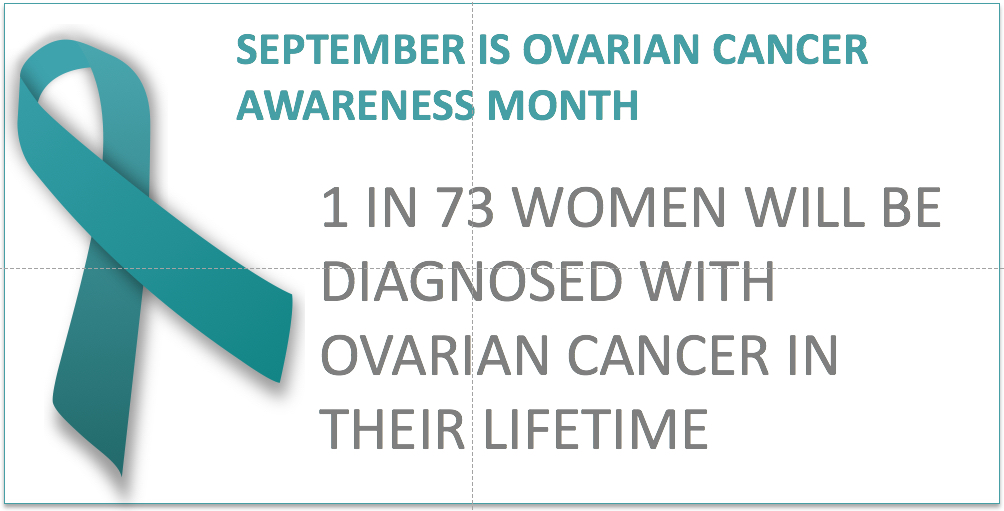The risks and benefits of screening mammography are under constant scrutiny. Detecting breast cancer early is a lifesaving move, but does radiation emitted from the machines put you at greater risk for cancer? And do the images truly detect when there is a problem?
While mammography is the best screening tool for breast cancer available today, mammograms simply do not detect all breast cancers. Recent debates involving mammograms include how often women should be exposed to them during their lifetime, what age they should begin, and controversy last year over a small portion of mammograms indicating a cancer could possibly be present when it is not (called a false-positive result).
Research is being done on a variety of breast imaging techniques that can contribute to the early detection of breast cancer and improve the accuracy in distinguishing non-cancerous breast conditions from breast cancers.
A special report appearing online in the October issue of Radiology, the journal of the Radiological Society of North America, said some nuclear-based breast imaging exams may increase a woman’s risk of developing radiation-induced cancer, however, the radiation dose and risk from mammography are very low.
According to the report, two types of imaging, Breast-specific gamma imaging (BSGI) and Positron emission mammography (PEM) approved by the U.S. Food and Drug Administration and introduced into clinical practice show promise in detecting cancer at a higher rate than traditional mammograms, however both involve the injection of radioactive materials into the patient.
"A single BSGI or PEM examination carries a lifetime risk of inducing fatal cancer greater than or comparable to a lifetime of annual screening mammography starting at age 40," said the study's author, R. Edward Hendrick, Ph.D., clinical professor of radiology at the University of Colorado-Denver, School of Medicine in Aurora, Co.
BSGI uses a high-resolution gamma camera that allows for imaging with mild compression of the breast along with an injection of a nuclear radiotracer, which is absorbed at a higher rate by cancerous cells. In PEM, radioactive material is injected into the body to measure metabolic activity and determine the presence of disease. Other technologies being considered but not yet approved by the FDA, include dedicated breast CT and digital breast tomosynthesis.
To estimate the lifetime risk of radiation-induced cancer incidence and death from breast imaging exams using ionizing radiation for the report, Hendrick reviewed recent studies on radiation doses from radiologic procedures and organ doses from nuclear medicine procedures, along with Biologic Effects of Ionizing Radiation (BEIR) VII age-dependent risk data.
Mammography plays a central part in early detection of breast cancers because it can show changes in the breast up to two years before a patient or physician can feel them. Current guidelines from the U.S. Department of Health and Human Services (HHS), the American Cancer Society (ACS), the American Medical Association (AMA) and the American College of Radiology (ACR) recommend screening mammography every year for women, beginning at age 40.
Research has shown that annual mammograms lead to early detection of breast cancers, when they are most curable and breast-conservation therapies are available.
Hendrick found that two-view digital mammography and screen-film mammography had an average lifetime risk of fatal breast cancer of 1.3 and 1.7 cases, respectively, per 100,000 women aged 40 years at exposure and less than one case per one million women aged 80 years at exposure. Annual screening mammography (digital or screen-film) performed in women from age 40 to age 80 is associated with a lifetime risk of fatal breast cancer of 20 to 25 cases in 100,000.
"Two-thirds of mammography units in the U.S. are now digital, which, on average, exposes the patient to an even lower radiation dose than screen-film," Hendrick said. "Manufacturers and breast centers continue to take steps to lower radiation doses on digital mammography systems without negatively affecting image quality."
The National Cancer Institute (NCI) adds that women who have had breast cancer and those who are at increased risk due to a genetic history of breast cancer should seek expert medical advice about whether they should begin screening before age 40 and about the frequency of screening.
Dedicated breast CT and digital tomosynthesis were both found to have an average lifetime risk of fatal breast cancer of 1.3 to 2.6 cases, respectively, per 100,000 women 40 years of age at exposure.
While a single BSGI exam was estimated to involve a lifetime risk of fatal cancer 20 to 30 times that of digital mammography in 40-year-old women and the lifetime risk of a single PEM was 23 times greater under the same scenario, the benefits may outweigh the risks for women with suspicious breast lesions and in women with dense breasts who are difficult to examine with other techniques.
While mammography only slightly increases a woman's risk for breast cancer, BSGI and PEM may increase the risk of cancers in other organs as well, including the intestines, kidneys, bladder, gallbladder, uterus, ovaries and colon. “Despite the increased radiation dose, these exams have shown promise in detecting cancer accurately and may have a good risk-benefit ratio for some specific indications,” according to the study.
Currently, no one is advocating using PEM or BSGI as a screening method to replace mammography.
"The risk of missing a breast cancer because mammography is not done far exceeds the tiny risk of mammography causing a breast cancer," Hendrick said.
More patient-friendly information on breast imaging is available at RadiologyInfo
Lynette Summerill is an award-winning writer who lives in Scottsdale, Arizona. In addition to writing about cancer-related issues, she writes a blog, Nonsmoking Nation, which follows global tobacco news and events.






Add a Comment1 Comments
Interesting article. This quote at the end has been in several news articles around the media outlets:
"The risk of missing a breast cancer because mammography is not done far exceeds the tiny risk of mammography causing a breast cancer," Hendrick said.
The benefits of screening mammography to women in their 40s is 1 less cancer death per 2000 women screened. That's a 15% mortality reduction. In other words, of the 8 women destined to die of breast cancer, we can save 1 with screening mammography.
When you compare this benefit to the lifetime risk of dying of breast cancer because of screening mammography, there's a 20 in 100,000 risk meaning 2 in 10,000 or .2 in 1000 risk. So of those 2000 40yo women screened 0.4 will die of breast cancer because of the test over the course of her lifetime.
This doesn't even take into account the greater harm of screening mammography, the unnecessary diagnosis of breast cancers that would never cause symptoms if never discovered on a screening test. Returning to the same 2000 women aged 40, 10 will be diagnosed with a 100% curable cancer that need not be found. 10 will undergo biopsy, fear, surgery/chemo/radiation to "cure" something that was harmless to begin with.
So there's a 1 in 2000 chance screening mammography will save your life
0.4 in 2000 chance it will cause fatal breast cancer
and 10 in 2000 it'll give you a cancer you need not have known about
It's also worth nothing that the person who said
"The risk of missing a breast cancer because mammography is not done far exceeds the tiny risk of mammography causing a breast cancer,"
works for the companies that make the new expensive digital mammography machines and other newer machines to replace mammography, companies like General Electric.
August 31, 2010 - 8:11amThis Comment